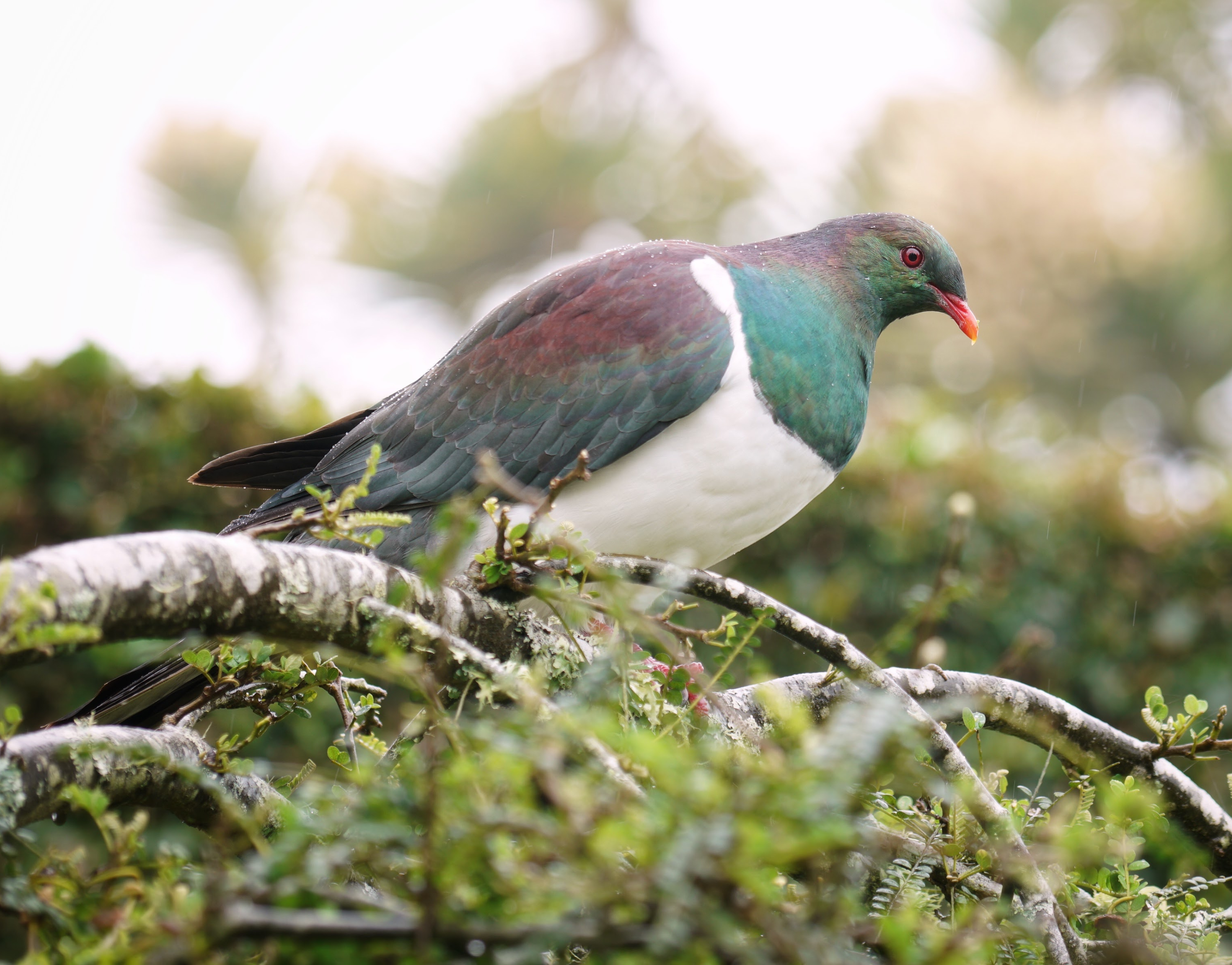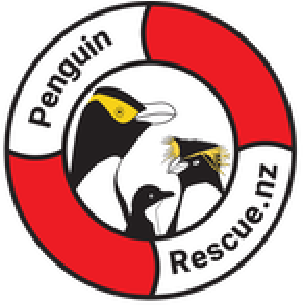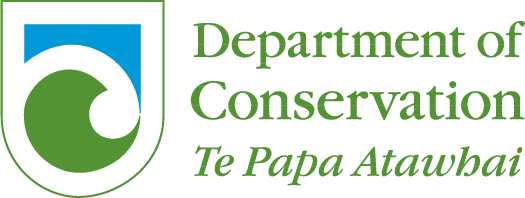REHABILITATION CENTER AT THE OPERA
Each year we care for hundreds of animals in need through our Rehabilitation Center at The OPERA. Our current focus is on yellow-eyed penguins (hoiho) and little penguins (kororā) that are sick, injured, and/or suffering from malnutrition. In addition to penguins uplifted from among those living on our reserve, others in need are brought to us by the Wildlife Hospital Dunedin, Yellow Eyed Penguin Trust, and Department of Conservation.
Caring for penguins
On average we care for more than 250 penguins per year, with the average stay per bird being just over three weeks. During their time in rehab, we care for the needs of each of the penguins and work to get them up to a target weight and health level to then be released back into the wild. Our staff of trained professionals work diligently to keep the penguins as stress free as possible while in captivity, ensuring as little engagement with humans as is absolutely necessary.
Unfortunately, due to the challenges such as disease, climate change, fish shortages, habitat encroachment and other human caused elements, we are seeing some birds in the rehab more than once, with some coming through rehab three or more times.
Expanding our impact
In addition to our work with Yellow Eyed, Fiordland, and other crested penguins, we are expanding our rehabilitation work as of the 2023 season to also work with little penguins (Kororā). With nearly 100 of these incredible little birds living on the property, we are excited to be taking preventative measures to ensure their health as well. Additionally, this season our staff will join in the nationwide conservation efforts to monitor sea lions that visit our beaches.
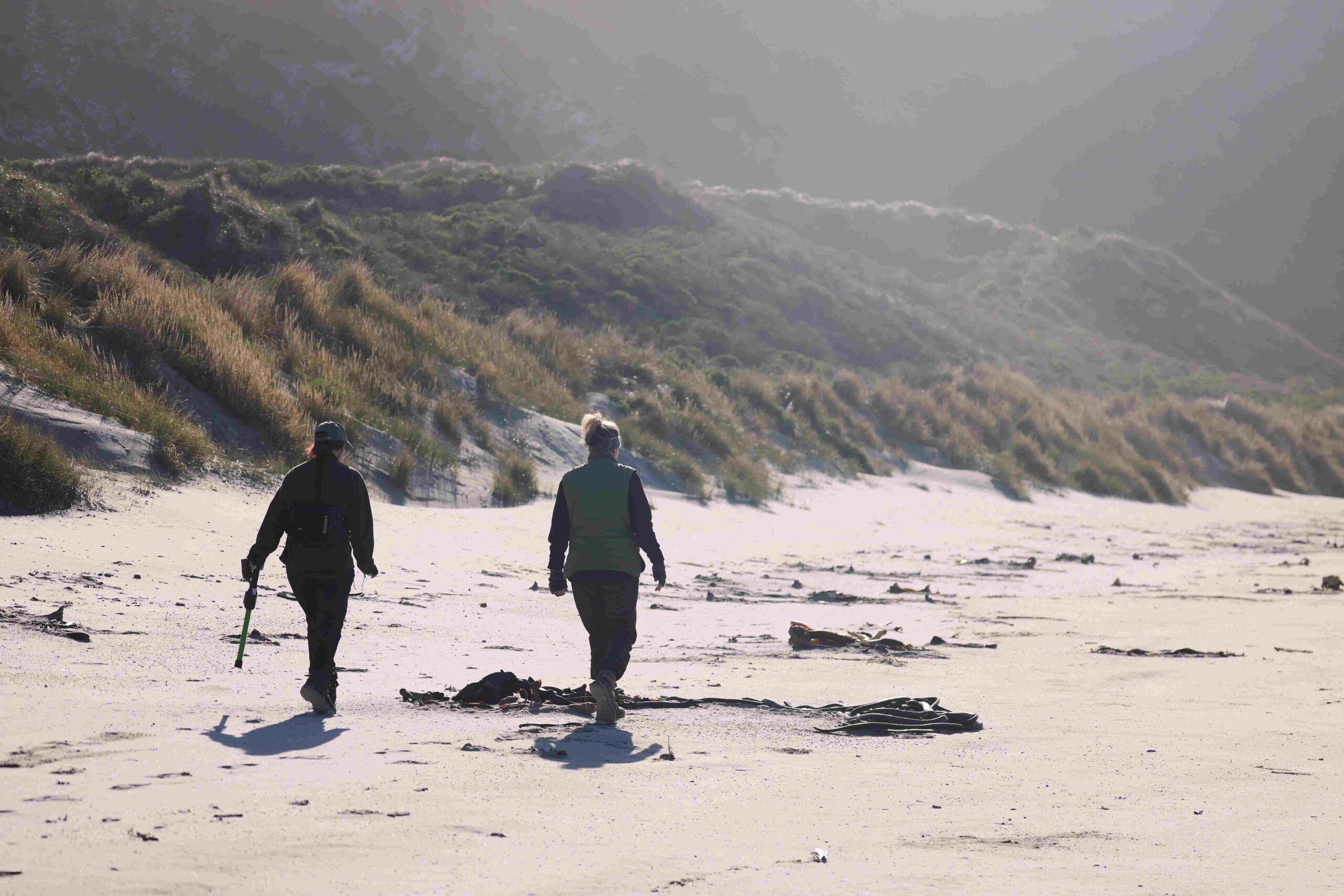
Understanding the Yellow Eyed Penguin Annual Cycle
Mid-August: The 28-week breeding season of the Yellow Eyed Penguin begins when partnerships are formed or renewed, and nest sites are selected. Mating then takes place. During this time, we ensure there is no human activity within the area of the property where the Yellow Eyed Penguins are living.
Mid-September/October: Two greenish-white eggs, about 75×55 mm in size, are laid. Both parents take turns to incubate, which takes about 43 days. As the parents are tending to their eggs, we monitor the reserve to determine where they have selected their nesting sites for the season.
November/December: The eggs hatch and the guard stage begins. This is a 40-50 day period when one parent stays at the nest to brood while the other fishes. Upon their return they perform an elaborate greeting ceremony of trills and calls before feeding their hungry chicks. Although guarded constantly during this stage, the chicks are still vulnerable to predators. Chick monitoring is an important part of our work at The OPERA, if a chick is not doing well in the wild, it will be uplifted for direct intervention.
January: By the time chicks are 6-7 weeks old, both parents must fish each day to satisfy the voracious appetites of their demanding young. This is the post-guard stage and towards the end the chicks will start to lose their soft brown down. During this time, we continue monitoring the nests and the health of the chicks.
February: The chicks fledge into their waterproof plumage and go to sea, an extremely hazardous time, with fewer than 20% surviving to maturity. Juveniles and non-breeders start their annual moult. This is an extremely busy time of the year in our rehab center as we care for under weight penguins through the moult process.
March/April: The parents have just a few weeks to recover and put on weight before beginning the annual moult. They are confined to land whilst they wait for their old feather coat to be replaced. Here too we are we continue to be extremely busy in rehab as we help as many penguins as possible through the multing process and back into the wild.
Early-May: Sleek and shiny in their new plumage, the penguins head out to sea, but return most nights to sleep, preen and socialise.
Soon it will be August and the busy breeding season will begin again. About 80% of surviving juveniles will return to breed at the place where they were hatched. Hoiho are devoted parents. Incubation of eggs and raising of young are shared responsibilities. During a good breeding season yellow-eyed penguin pairs can successfully raise two chicks. Thank you to the Yellow Eyed Penguin Trust for the data and image in this section.
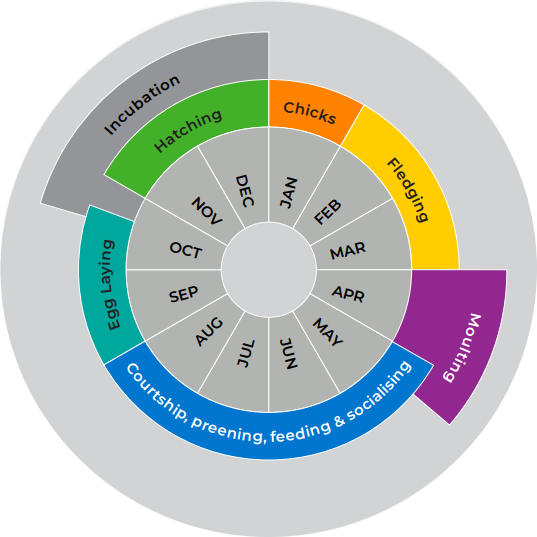
THANK YOU TO OUR REHABILITATION PARTNERS
We are honored to work with our partner organizations without whom the rehabilitation work we undertake would not be possible.
Donate today
Join the effort to reforest and rewild the Otago Peninsula.
